Simon Beard (Cambridge): “Risk, Relevance and the Aggregation of Competing Claims View”
Alex Voorhoeve has developed his Competing Claims view as a way of mediating between, and quantifying, our pro and anti-segregationist leanings concerning the evaluating of consequences, especially in relation to distributive fairness. Voorhoeve however has declined to consider the implications of this view for how we should respond to social risk, ambiguity and different sized populations. In this paper I consider the first of these, social risk, and make some proposals for how the Aggregate Relevant Claims view might best handle it. In the first part of the paper I consider two problems that the Aggregate Relevant Claims view has in handling social risk. The first of these is that the view suggests that the strength of a claim (how it should be aggregated against other competing claims) and its relevancy (which other claims it can be said legitimately compete against it for the purposes of aggregation) are in fact one and the same thing, however under conditions of social risk our intutions regarding these two variables can pull in opposite directions. This problem can be resolved by separating the notions of strength and relevancy. The second problem is that even if we consider only the variable of a claims relevance we can face competing intuitions about the upper bounds of a claims relevance (the strongest claim with which it can be said to compete) and the its lower bound (the weakest claim that can be said to compete with this claim). Again however this problem is relatively easy to solve, by moving from a notion of relevance as a single value, as Voorhoeve conceives of it, to a notion of relevance as a range of values with an upper and lower bound that can be moved independently depending on features of the case under consideration. I believe that with these two modifications the Aggregate Relevent Claims view can not only handle cases involving social risk but can do so better than many other theories.
In the second part of the paper I revisit the cases for which the Aggregate Relevant Claims view was primarily developed, namely those involving distributive justice and inequality. I argue that my revised version of the Aggregate Relevant Claims view handles such cases no worse than Voorhoeve’s original view, and that further modifications along similar lines to those that I propose for dealing with social risk may in-fact allow it to handle such cases even better.
This paper forms the first part of my current project at the CPNSS. If there is time and interest I may also be able to discuss the second part of this project, which develops further modifications to allow the Aggregate Relevent Claims View, and other views like it, to incorporate cases involving risks with ambiguous probabilities.



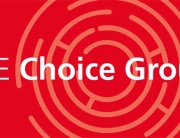
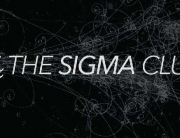









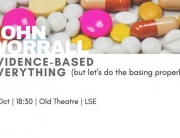



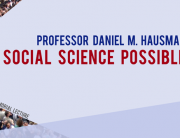




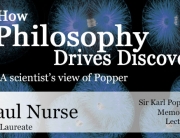
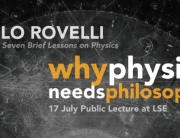


Connect with us
Facebook
Twitter
Youtube
Flickr